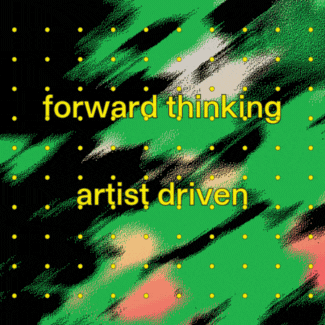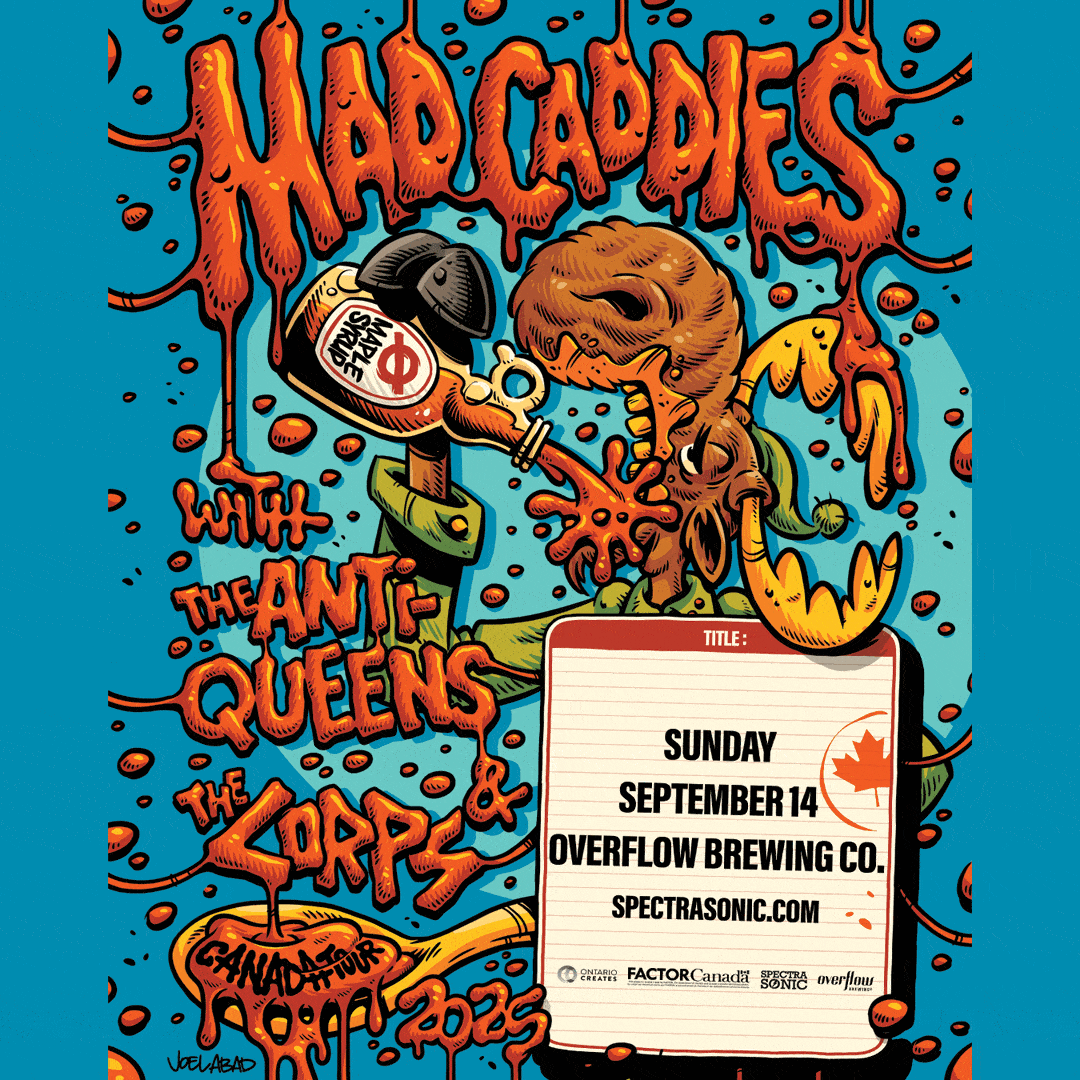This is the second part in Christina’s NaNoWriMo 2019 adventure. To read more, check out part one here.

Flufe, the impatient yet adorable kitty. Photo: Christina Bondi/Apt613.
After all the café fieldtrips, late-night brainstorming sessions, and internal debates about plot or character development, NaNoWriMo 2019 has come to a bittersweet close. Yes, I have made the acquaintance of word-exhaustion. Even as I write this, my brain begs for a brief rest. (I suppose it’s time for another cup of tea.) Nevertheless, I embraced every minute of NaNoWriMo—each frustrating, pride-filled, unproductive, or inspiring minute. Although I did not reach 50,000 words, I still find myself at peace with my progress. This NaNo challenge has reminded me just how much I adore creative writing. I look forward to continuing my novella in December. The wordsmithing continues!
Although I did not reach 50,000 words, I still find myself at peace with my progress. This NaNo challenge has reminded me just how much I adore creative writing.
I lost track of how many books and websites I consulted. I didn’t even bother to count the number of cups of Lady Grey tea. I had to consciously avoid falling down a rabbit hole of editing. For the thirty days of November, my reality and fiction converged. I fantasized about my characters whilst vacuuming. Some of my most riveting scenes were conceived during leisurely strolls. I attempted to bring up my writing project into every conversation. Of course, Flufe still found a way to ‘ground me’ (and distract me), with her demands for rubbings, food, and attention.
At first, I planned to compile a collection of short stories. However, after just a few days, I had to rework my concept. My first short story grew in size and, when complete, will likely be a novella.
Due in part to my Classical Civilization academic background, I am particularly interested in writing about (or re-writing) traditionally misjudged, misrepresented, or marginalized figures in ancient Greek/Roman myth. For this NaNoWriMo challenge, I selected a lesser known female mythological character, pieced together ancient sources that mention her vaguely, filled in gaps, and added contemporary flare and depth. As the days extended into weeks, she evolved into a complex, multilayered, and genuine character.

Black Squirrel Books & Espresso Bar. Photo: Christina Bondi/Apt613.
Unsurprisingly, my most productive writing sessions did not take place at home. My cat, who is currently chasing bouncy balls and fighting with paper, reinforces this claim. Once a week, I met up with a friend to write. We checked out Black Squirrel Books & Espresso Bar. Surrounded by an enchanting and eclectic landscape of books, this literary getaway brought about a sense of ease and focus. I also attended a few official write-ins organized by the fabulous MLs of NaNoWriMo Ottawa—two write-ins at the Ottawa Public Library (Main) and one at the University of Ottawa. The collective energy of fellow motivated WriMos resulted in some of my best brainstorming sessions and most fruitful writing.
I got back in touch with participants and asked them a few post-NaNo questions. I was curious to find out how their NaNo projects evolved and what they learned along the way.

A printed draft of LaForce’s Annette and the Broken Shroud (Vol. 1 of The Fairy Forest). Photo: Trevor LaForce.
Trevor LaForce completed the first volume (Annette and the Broken Shroud) of his middle-grade fantasy series, The Fairy Forest, and part of the second (Giz and the Impossible Machine). LaForce surpassed the NaNoWriMo target, arriving at 52,752 words by November 30th.
When asked about his NaNo experience, LaForce revealed the following: “This was my favourite NaNoWriMo to date. I had two main takeaways. The first was that my writing style is not what I thought it would be. NaNo participants often talk about plotters, who outline everything in advance, and pantsers, who make it all up as they go along. In past years I’ve only had the vaguest outlines, but I found a lot of value in outlining this year. I also did a lot of brainstorming with my kids, since these novels are based on stories we’ve shared for years. We played our way from plot point to plot point and that ongoing refinement of the outline made it really easy to sit down and crunch out the words.”
You can read an excerpt from LaForce’s Annette and the Broken Shroud (Vol. 1 of The Fairy Forest) here. For more information regarding his NaNo 2019 projects, check out LaForce’s website.
Fiona Tapp also ended the month on a high note, writing 50,068 words of her thriller novel. She tells me, “I found I was better at dedicating a few hours to really log some words rather than doing a little everyday because of that I was finished way before the deadline. I also found some places more conducive to writing than others, for instance I wrote a lot in airports and on planes and also in a coffee shop. I also found I wanted to write the story and thought about it even when I wasn’t writing.”

Thomas at the final NaNo Ottawa 2019 write-in, at Elgin Street Diner. Photo: Alex Thomas.
Looking back at the month of November, Alex Thomas shares, “Nanowrimo was an amazing experience for me this year. It’s been more than ten years since I’ve written this much and I really feel like I leveled up. I learned that I can still write, which is something I didn’t know starting out in November. My story definitely evolved; one of my major antagonists turned into a much more developed character, and I created relationships between him and the characters that weren’t there before. I also added a completely new character, and found a way to connect her to the climax of the story.” Thomas completed 50,038 words of their science fiction novel, Lycan’s Grace (Revisited).
Read an excerpt of Thomas’s Lycan’s Grace (Revisited) here.
Regardless of whether you reached 50,000 words or not, congratulations to all NaNoWrimos! Keep wordsmithing—and remember, there’s Camp NaNoWriMo in April.




.gif)


